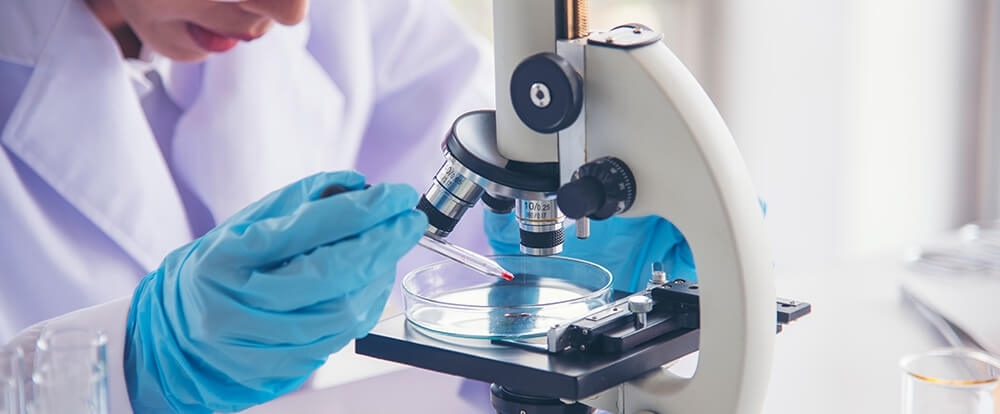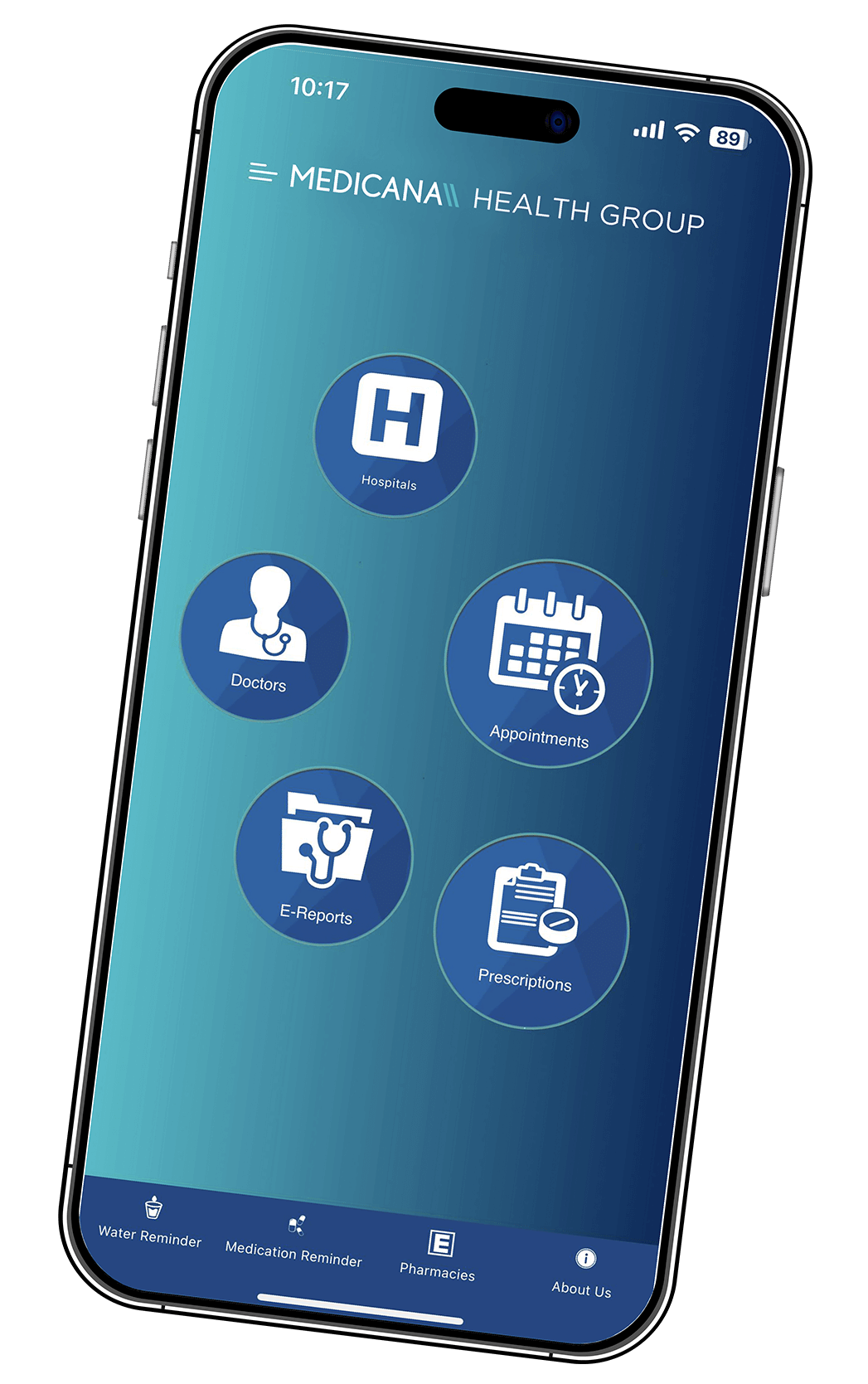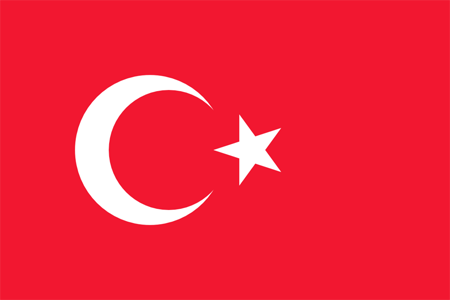Pediatric Hematology & Oncology

At Medicana, we are aware that receiving a cancer or blood condition diagnosis may be a trying and stressful time for both children and their families. We provide various services to help our patients and their loved ones during the treatment process. In addition to supportive care, including pain management and nutrition counseling, these services also include chemotherapy and radiation treatment.
Along with our outstanding medical staff, Medicana Health Group is renowned for its cutting-edge facilities and medical technology. Modern diagnostic and therapeutic tools are available in our Bursa hospital, guaranteeing that our patients receive the most precise and efficient care. To safeguard the health of our patients and their families, we also strongly believe in patient safety and adhere to the strictest infection control standards.
The pediatric oncology services offered by Medicana Health Group are an excellent option for foreign patients, visitors, and expats in Turkey. We have a group of bilingual medical experts committed to creating a relaxing and friendly atmosphere for patients and their families. To make getting medical care as easy as possible, we also assist with organizing travel and lodging plans.
Pediatric Hematology and Oncology: Conditions Treated
Anemia
Anemia is a common condition characterized by a deficiency in red blood cells due to factors such as blood loss, excessive red blood cell destruction, and inadequate red blood cell production. It can also result from deficiencies in folate, iron, and vitamin B12 or occasionally from a reduction in the hormones required for red blood cell production. Anemia can affect individuals of all ages, including children. It may occur in the first six months of life in premature or iron-deficient infants and at other ages.
Proper nutrition and vitamin intake are vital during a child's growth phase. Common signs of anemia include fatigue, pallor, and weakness. Appetite loss, bluish skin when crying, swallowing difficulties, and growth stagnation are frequent symptoms among children. In addition to causing anemia, iron deficiency in children can affect cognitive and perceptual abilities.
Thalassemia (Mediterranean Anemia)
Thalassemia, particularly widespread in Mediterranean countries, is a hereditary blood disorder. Turkey is one of these Mediterranean countries, with approximately 4,500 thalassemia patients and 1.3 million carriers. Thalassemia, a preventable disease, is inherited solely from the parents. Even if only one family member is a carrier, the child has a 50% chance of developing the same condition.
Pre-marital screening tests are crucial, especially in regions with a high carrier rate. Thalassemia can lead to growth retardation in moderate and severe cases. Additionally, it may result in increased bone fragility and spleen, heart, and liver enlargement. Other symptoms may include paleness, loss of appetite, dark-colored urine, and jaundice.
Hemophilia
Hemophilia, a blood disorder that results in abnormal clotting, is another condition within the spectrum of blood disorders. Individuals with hemophilia experience prolonged bleeding compared to healthy individuals when injured or bleeding occurs. Bleeding can occur both externally and internally, leading to damage to organs and tissues. Hemophilia is an inherited condition passed down from parents to their children. Symptoms can vary widely between patients. Depending on the severity of the disease, symptoms may include spontaneous nosebleeds, post-circumcision bleeding that does not stop, blood in the urine or stool, and uncontrolled bleeding after tooth extraction.
Blood Cell Disorders
We also specialize in diseases related to blood cells, such as leukocytosis, leukopenia, neutropenia, thrombocytopenia, immune thrombocytopenia, and thrombocytosis.
Bleeding Disorders
Our expertise extends to bleeding disorders like hemophilia and von Willebrand disease.
Leukemia
Leukemia, characterized by the uncontrolled proliferation or malfunction of stem cells within the bone marrow, results in these cells spreading to the bone marrow, lymph nodes, spleen, liver, central nervous system, and brain. Leukemia is also known as blood or bone marrow cancer and is the most common cancer among children.
Although leukemia can affect individuals of all ages, it is more common in children aged 2 to 5. The exact causes of leukemia are not fully understood, but radiation, genetic predisposition, exposure to chemicals, and specific viral infections are known risk factors. Symptoms in children may include anemia, weight loss, loss of appetite, bone pain in the legs, nosebleeds, gum bleeding, bruising under the skin, and fever.
Please contact us at +90 850 4601010 or [email protected] if you or a loved one needs pediatric hematology or oncology care. To achieve your child's most significant potential health results, our staff is here to assist you, and we look forward to working with you.








